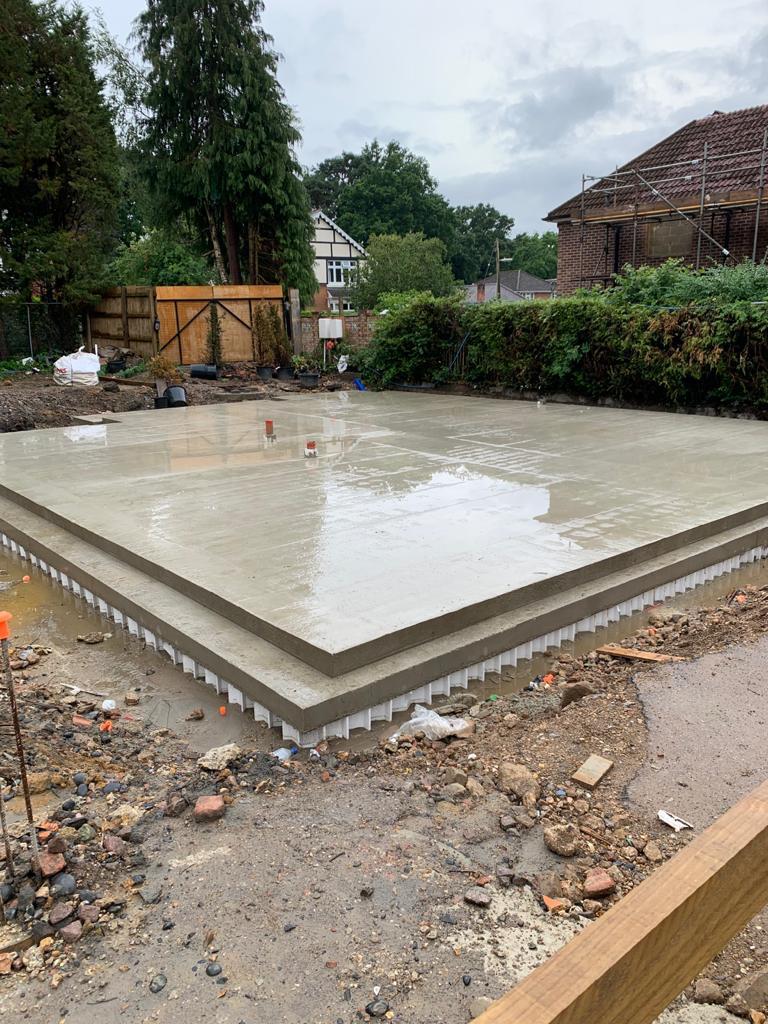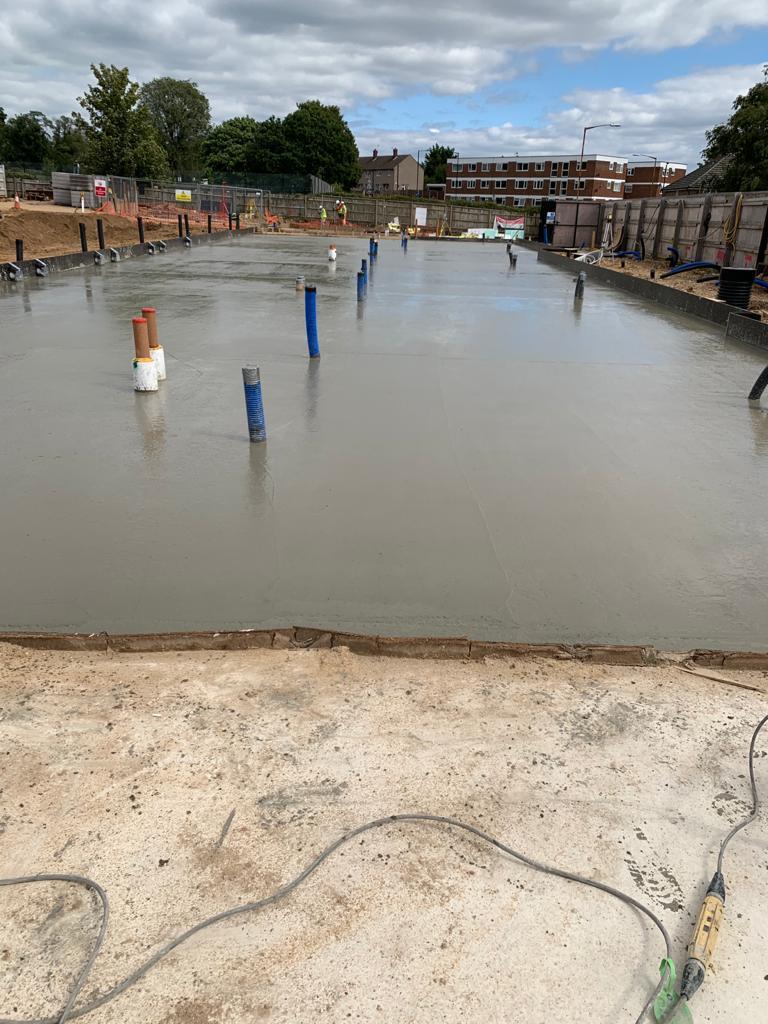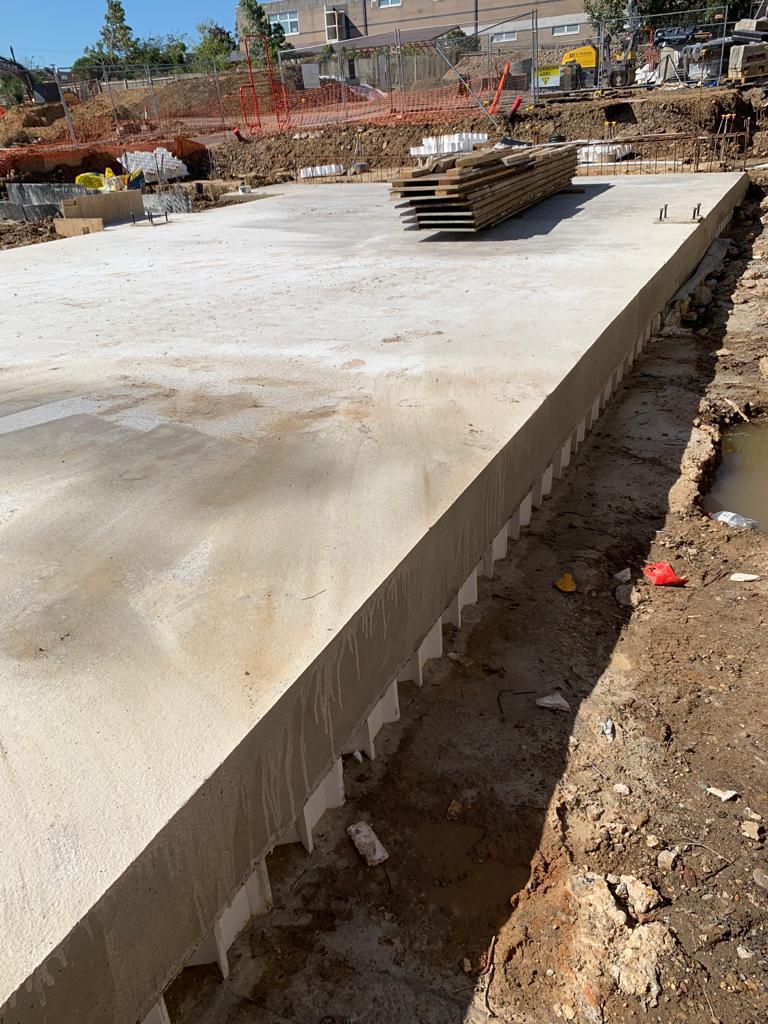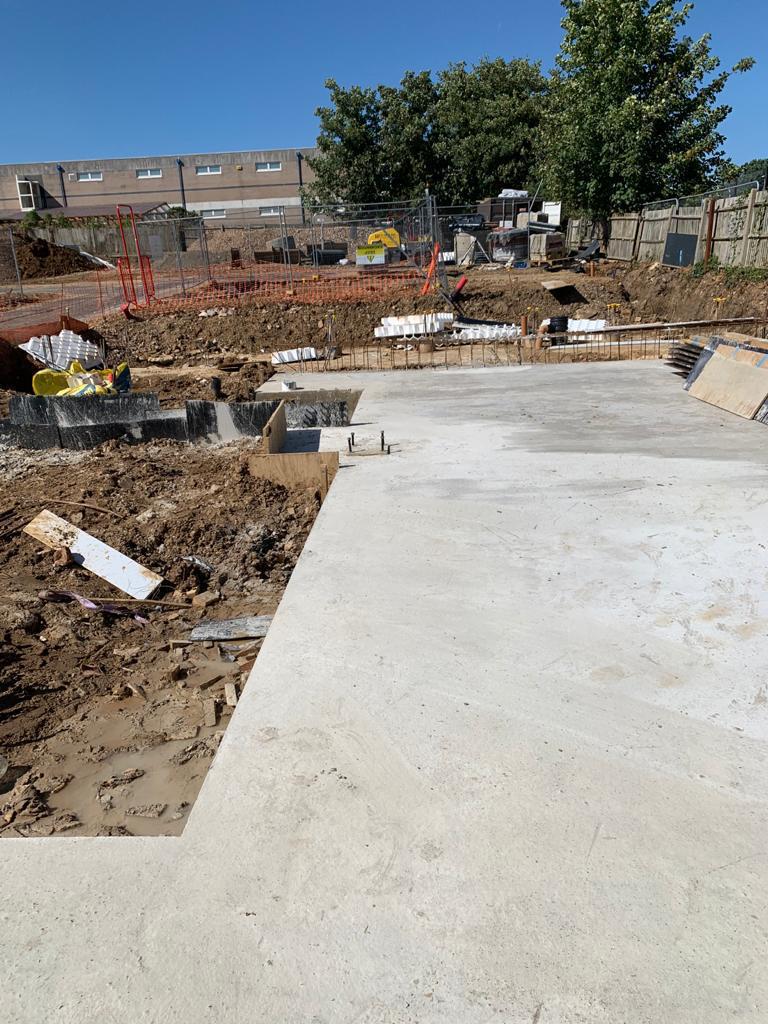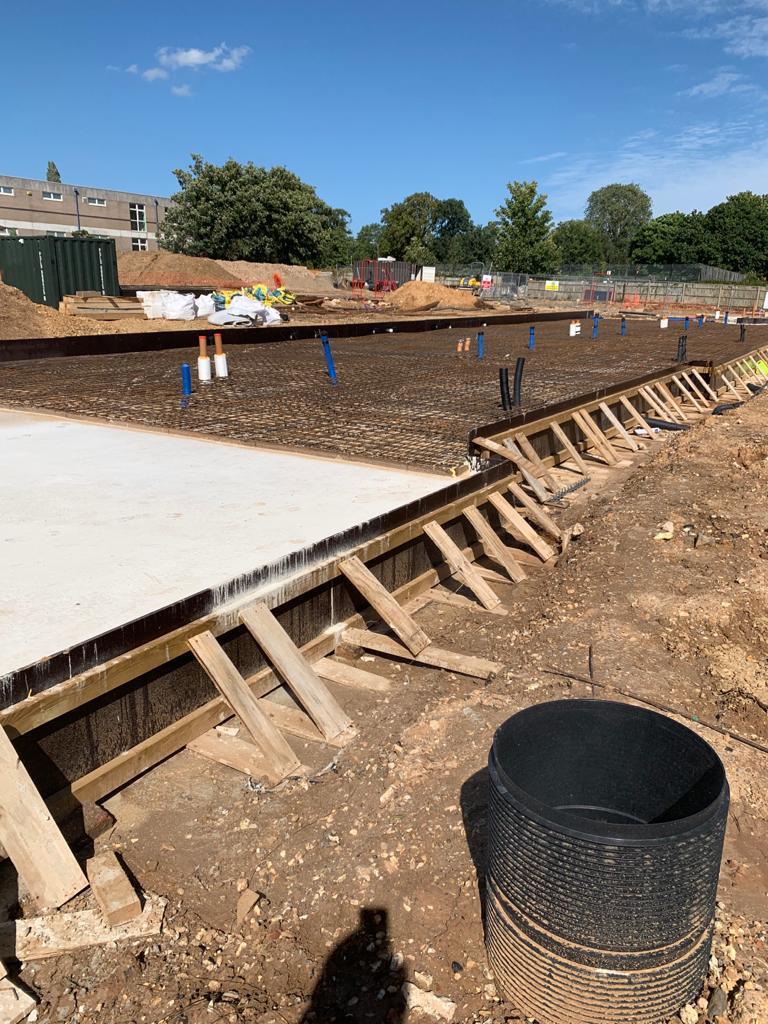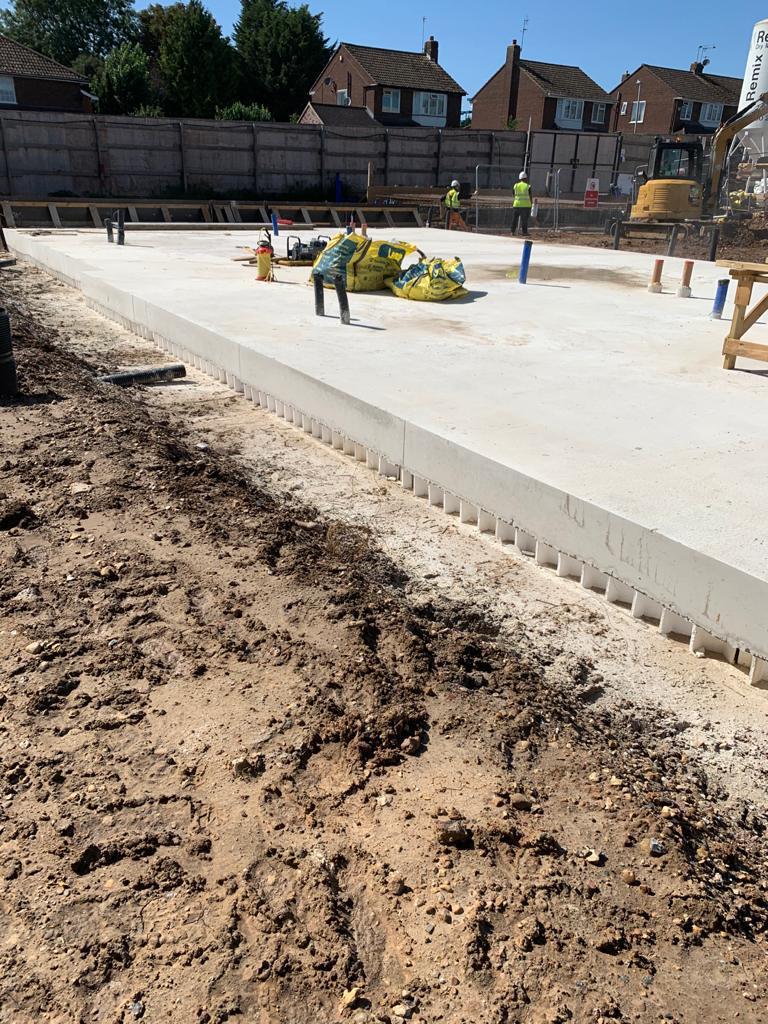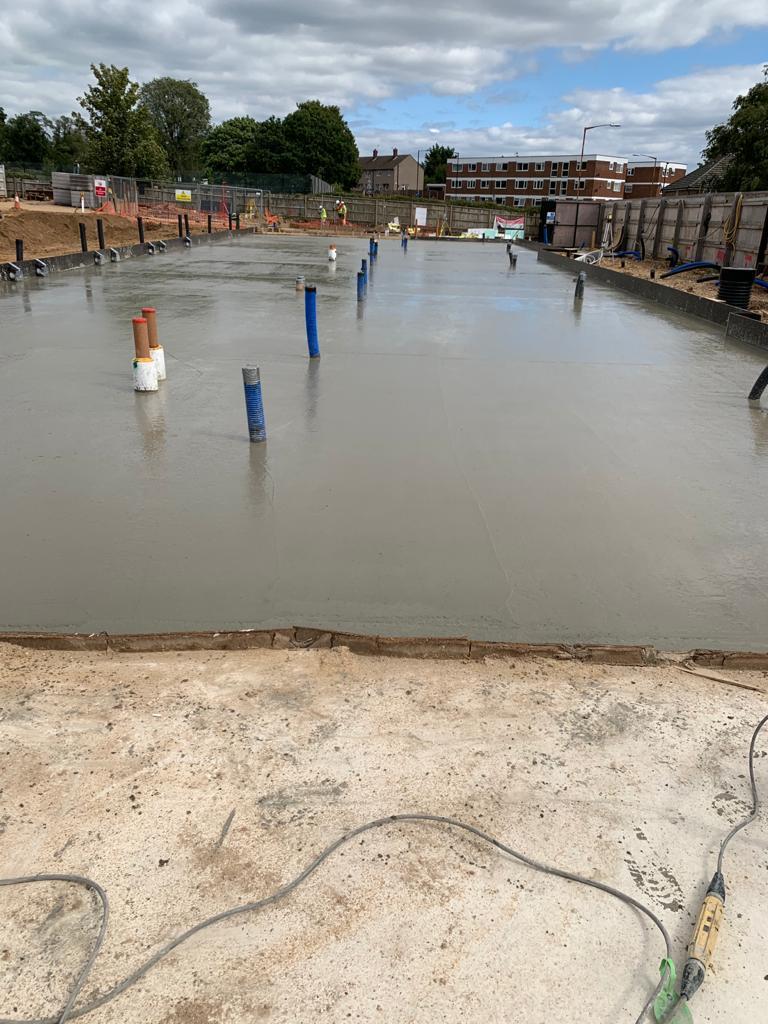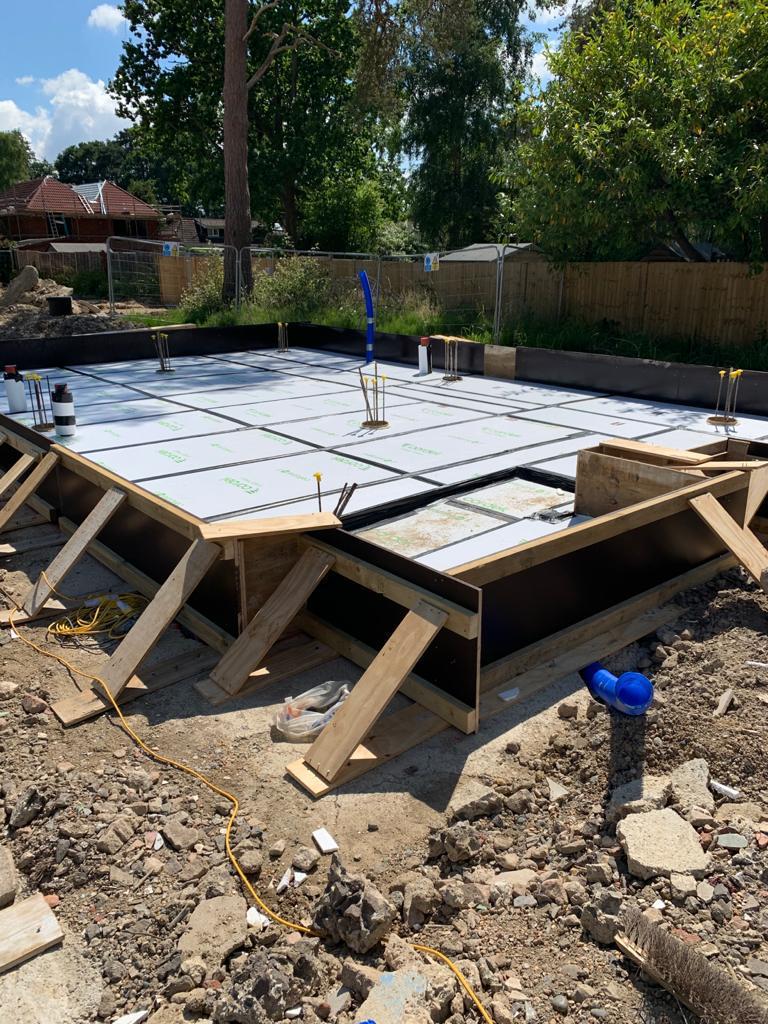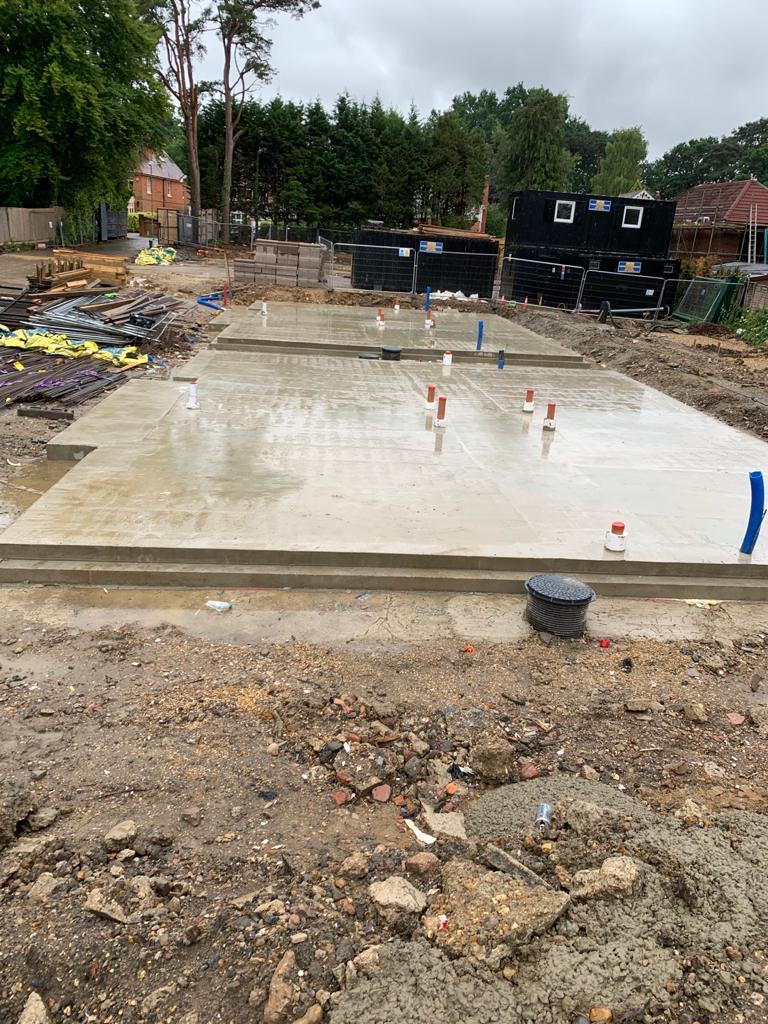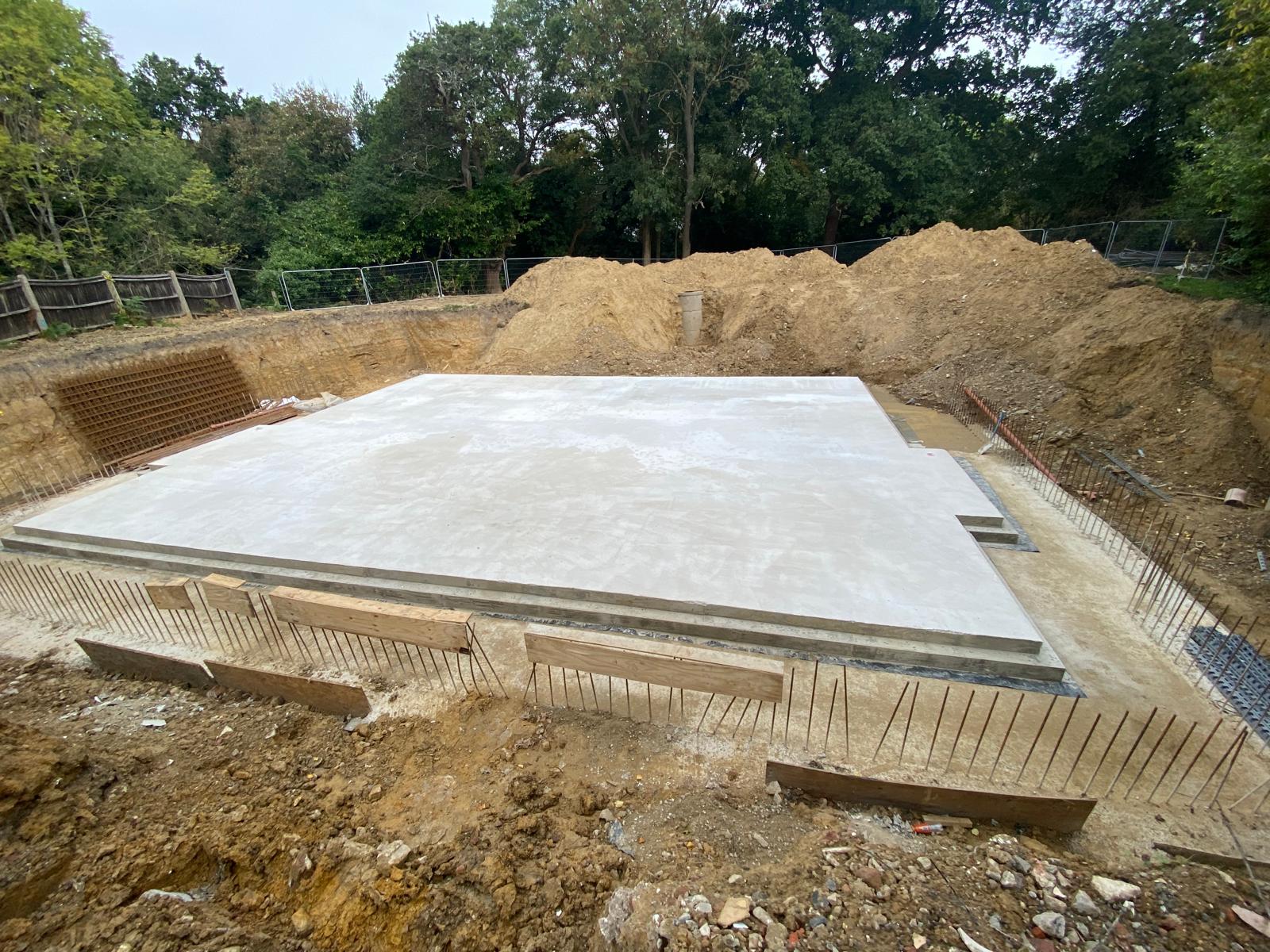Quickdeck is our foundation and ground floor system specially designed for residential and commercial structures. Our solution provides cost and schedule certainty for private and commercial projects while being safer and more environmentally friendly than other methods. With Quickdeck, you can trust in a foundation that will support your project with unwavering strength and efficiency.
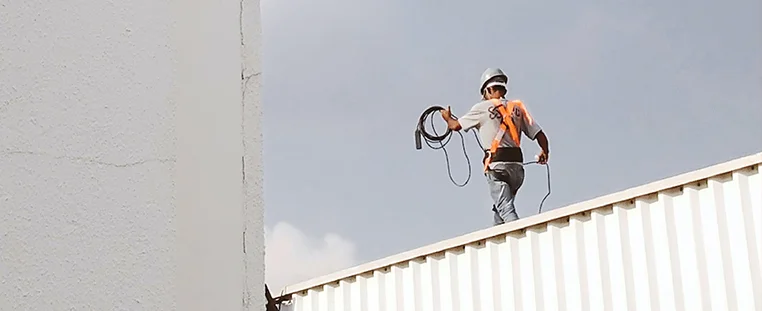
Quicker
Quickdeck is significantly faster than traditional methods, delivering a remarkable 70-80% increase in efficiency. This innovative approach offers unparalleled program certainty, ensuring reliability and predictability that surpasses conventional construction techniques.
Safer
Quickdeck delivers a safer and more secure environment on-site. It comes with LABC and NHBC approval, ensuring unparalleled quality and compliance. Our solution is the clear choice for those seeking a reliable and secure solution for their construction projects.
Cost
By streamlining the program and eliminating traditional elements like excavation for ground beams and the need for a piling mat, our Quickdeck solution can achieve improved cost certainty for your project.
Less Environmental Impact
Quickdeck is an eco-friendly solution that reduces the carbon footprint of construction sites. in the UK. It uses less concrete, generates less waste, and requires fewer vehicle and machinery movements, making it a more sustainable option.
